Achieving the ideal room temperature can be a challenge. Depending on the time of year and your location, the perfect temperature for a room can vary greatly. There isn't a definitive answer as to the wrong or right ambient temperature for every person, as we are all different. But there is a widely recognised ideal room temperature to aim for.
This article will not only give you the answer that you are looking for, but we will also explore some of my top tips for achieving the ideal room temperature and maintaining it throughout the year.
Disclaimer: As an Amazon and Wayfair associate, we do receive a small commission from qualifying purchases made via links within this article.
What is the Ideal Room Temperature ?
After much research on this subject by various experts in their field, the ideal room temperature is generally believed to be around 18-19 degrees centigrade, or approximately 64-66 degrees Fahrenheit.
How to Achieve The Ideal Room Temperature...
Care for Your HVAC System
One of the most important things you can do to maintain the best room temperature is regularly maintaining your HVAC (Heating, ventilation, and air conditioning) system. This means having the system inspected and cleaned regularly and changing the air filter monthly.
A well-maintained HVAC system will help keep your room at an ideal temperature and help improve the air quality in your home.
If your HVAC system is not working correctly, it may be time to replace it. Old or inefficient HVAC systems can make it challenging to keep your room at an ideal room temperature, but it can also be costly to operate.
Replacing your HVAC system with a new, energy-efficient model can help you save money on your energy bills and keep your room at a comfortable ambient temperature.
Invest in a Modern Thermostat
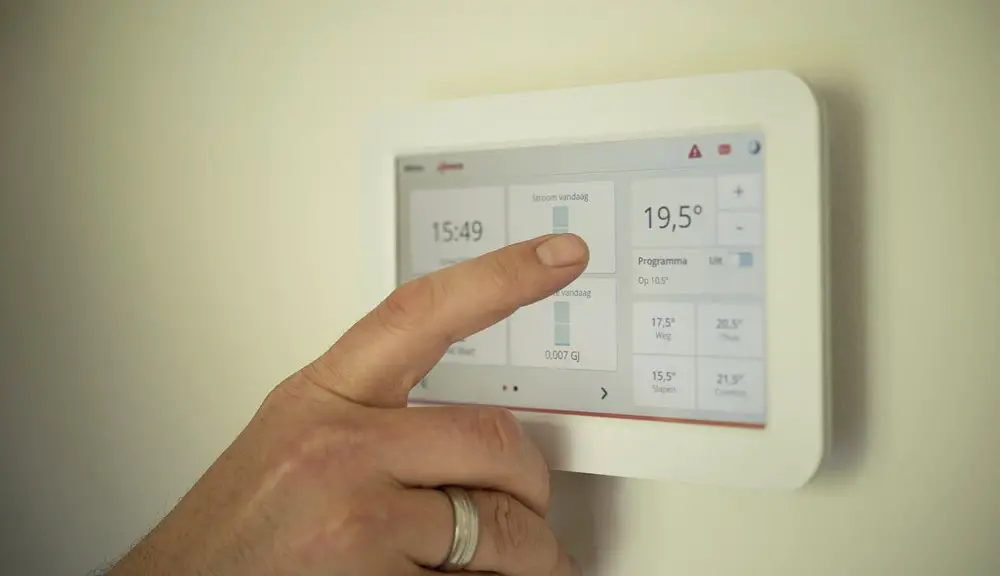
If you want to have complete control over the temperature of your home and central heating system, investing in a smart thermostat is a great idea. Not only does it give you more control, but it will ultimately save you money on your heating bills and help you to stay warm or close to the ideal temperature.
You can control your Smart thermostats via an app on your phone to adjust the temperature even when not at home. This is ideal for those times when you want to come home to a comfortable room temperature without having to increase your energy use by keeping the room temperature cool when you're not there.
What to Consider When Buying a Smart Thermostat
When buying a smart thermostat, you should keep a few things in mind. First, consider the features that are important to you. Some smart thermostats come with air quality monitoring and energy usage reports, which can be helpful if you're trying to save money on your energy bills.
Another thing to consider is compatibility with your heating system. Ensure that the thermostat you choose is compatible with your home's HVAC system. Otherwise, you may not be able to take advantage of all the thermostat's fully functioning features and could struggle to get your home to the ideal average room temperature.
Use Quality Curtains and Blinds
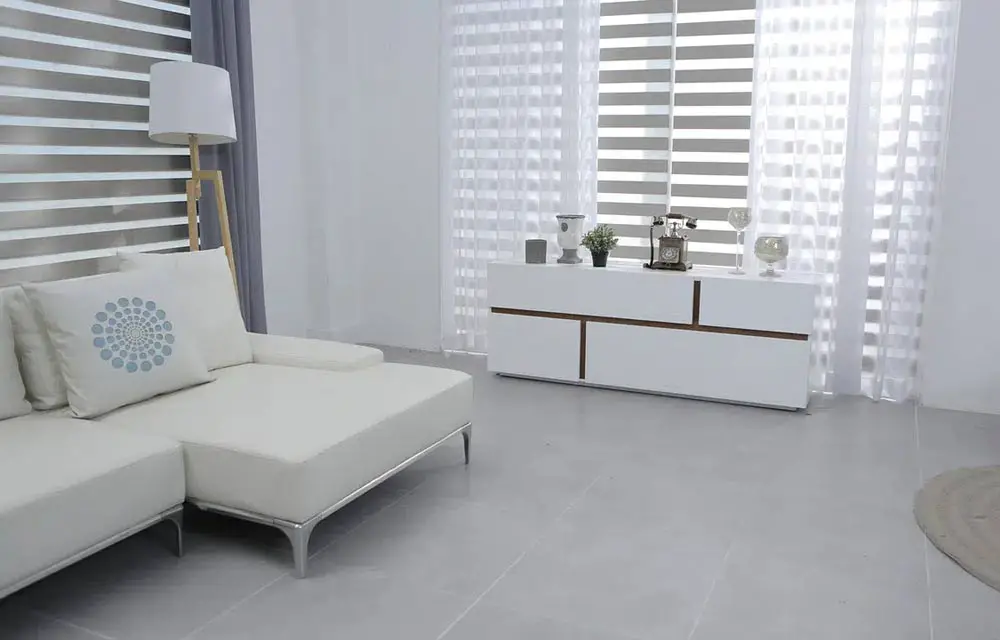
Image credit: forthblinds.co.uk
If you're trying to keep your space at the ideal temperature and ultimately save money on your energy bills, the type of window treatment ideas that you choose for different rooms can make a big difference. Heavy curtains and blinds can help keep heat out in the summer, while light curtains can help let in sunlight and warmth in the winter.
Tips for Choosing Curtains and Blinds
When choosing curtains or blinds, look for ones made from quality materials. Thick, well-insulated curtains will do a better job of keeping heat out than thin, cheap ones. Similarly, blinds made from sturdy materials will last longer and better block out light than cheaply made ones.
If you are looking for curtain or blind specialists, target the ones who have experience and a wealth of knowledge in their field. Ideally, go for a firm that has been around for many years and has many positive reviews and testimonies.
The team at https://oakhurstblinds.com/conservatory-blinds/roof-blinds/ explain that the quality of the shutters and blinds should come first.
As a property owner, it's always important to find good quality window coverings and fixtures that will last. Check that the team you are employing are technologically advanced for the installations needed and they are fully competent with their knowledge and expertise.
It's also essential to choose the right colour. Dark colours will absorb more heat than light colours, so they're better for keeping a room cool in the summer. Light colours will reflect more heat, so they're better for keeping a room warm in the winter.
Check for Draughts
One of the most common causes of a hot or cold room is draughts. If your room has draughts, air will constantly be flowing in or out, making it challenging to maintain the ideal room temperature.
To avoid draughts, start by checking around your windows and doors. If you feel a draught coming from around the edges of a door or window, you can try sealing the gaps with weather stripping or caulking.
If you have a fireplace, you'll also want to ensure that the flue is closed when you're not using it. An open fireplace flue can let in a lot of cold air in the winter, making it difficult to keep your room warm.
You should also check for draughts around electrical outlets, pipes, and other openings in your walls. These are all potential sources of cold getting in or heat escaping, so sealing the gaps around them can help improve the comfort of your room and get you closer to achieving the ideal room temperature.
Utilise Space Heaters Wisely
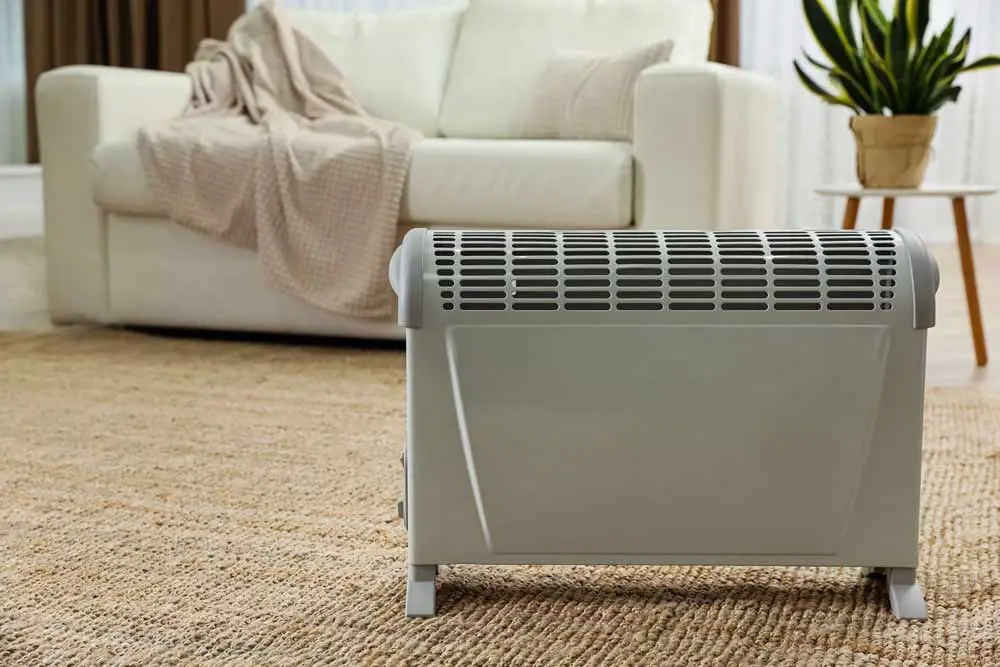
Image credit: hvacseer.com
If you're using a space heater as an alternative to radiators or to supplement your home's heating system, there are a few things you need to keep in mind to feel comfortable in the temperature of your home.
- Make sure that the space heater is properly ventilated. Space heaters that are not properly ventilated can be a fire hazard.
- Don't use a space heater to heat an entire room. Use a space heater only to supplement your home's heating; therefore, using them as your primary heat source can be dangerous.
- Make sure that you're using the right size space heater for the room. A space heater that's too small won't be effective, while a space heater that's too big can be a fire hazard.
- Don't use a space heater if you're going to be away from home for an extended period. Space heaters should always be turned off when you're not home so that they don't pose a fire hazard.
Benefits of Using Rugs and Carpets
The two can help insulate your floors, making it easier to maintain a comfortable ambient temperature in your room. If your floors are cold, natural wool rugs can help make them feel much warmer. Similarly, if your floors are hot, a carpet can help keep the heat from radiating up into your room.
When choosing a rug or carpet, look for one made from a thick, insulating material. A quality rug or carpet will last longer and better insulate your floors than a cheaply made one.
You should also choose the right size rug or carpet for your room. A small rug will be ineffective, while a too-big rug can make your room feel cramped and seem smaller than reality.
Make Best Use of All Windows
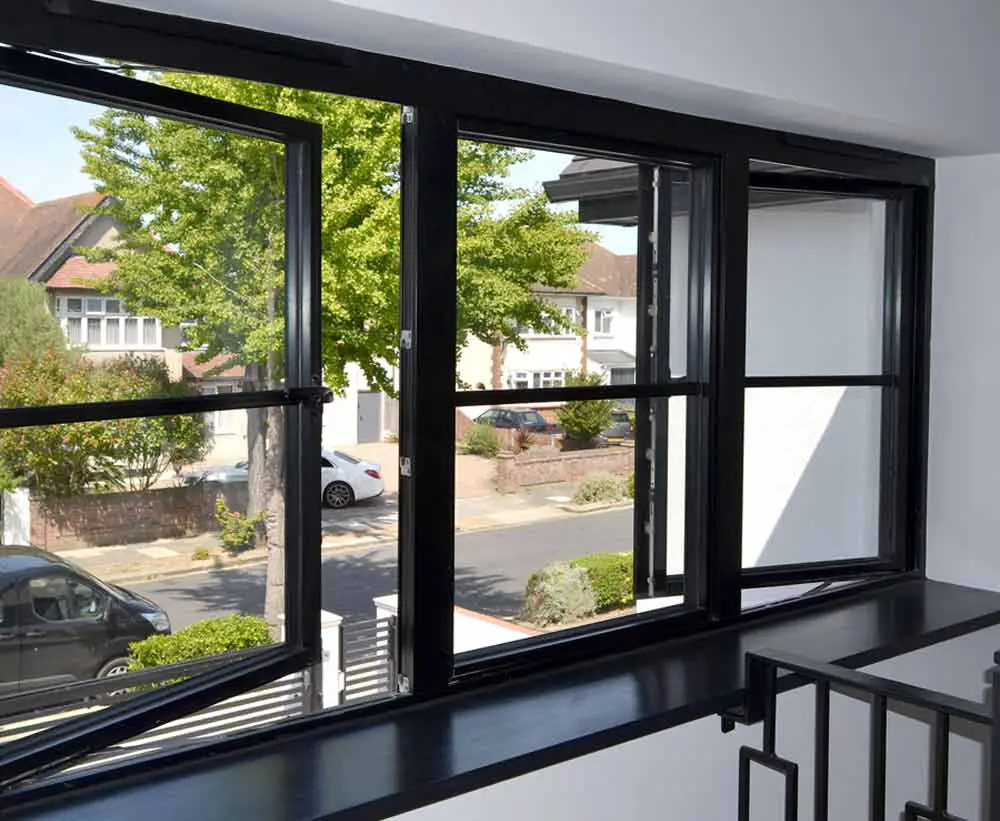
Image credit: alu-tec.co.uk
The windows in your room can have a significant impact on ideal room temperatures, especially during hot or cold weather.
If you have large windows, for instance, much more natural sunlight can enter, making the room feel warmer and more humid. Similarly, if you have small windows, less sunlight will come in, making the room feel cooler.
You can easily adjust the temperature of your room, to a certain extent, by opening or closing your windows. You'll want to keep your windows closed in the winter to maintain any heat that has been generated from your central heating. Conversely, your windows will need opening in the summer to let in any small amount of cool air that is available in the summer months.
You can also use window coverings to help regulate the temperature of your room. Insulated curtains will do a better job of keeping the heat in than non-insulated curtains, while blackout curtains will help to keep the sunlight out and the room cooler in the summer.
Adjust the Humidity
The humidity of your room can also impact the average temperature. If the air is too humid, it will feel warm and stuffy. Conversely, if the air is too dry, it will feel cooler and a lower temperature than it is.
You can adjust the air humidity of your room with a humidifier or dehumidifier. An air humidifier will add moisture to the air, while a dehumidifier will do the reverse and remove moisture from the air.
You should also be aware of the humidity level in your home. If the air is too humid, it can be a breeding ground for mould and mildew. Similarly, if the air is too dry, it can cause static electricity and respiratory problems.
Think of Zoning Your Space
If you have a large home, you may consider using zoning to control the temperature better. Zoning allows you to divide your house into different areas, each with its own thermostat. This way, you can keep other home areas at different temperatures.
For example, you may want to keep the downstairs of your home cooler than the upstairs. Or you may want to keep the bedrooms warmer than the living room. Zoning can help you save money on your energy bill by allowing you to control your room temperature better.
Position Appliances Intelligently
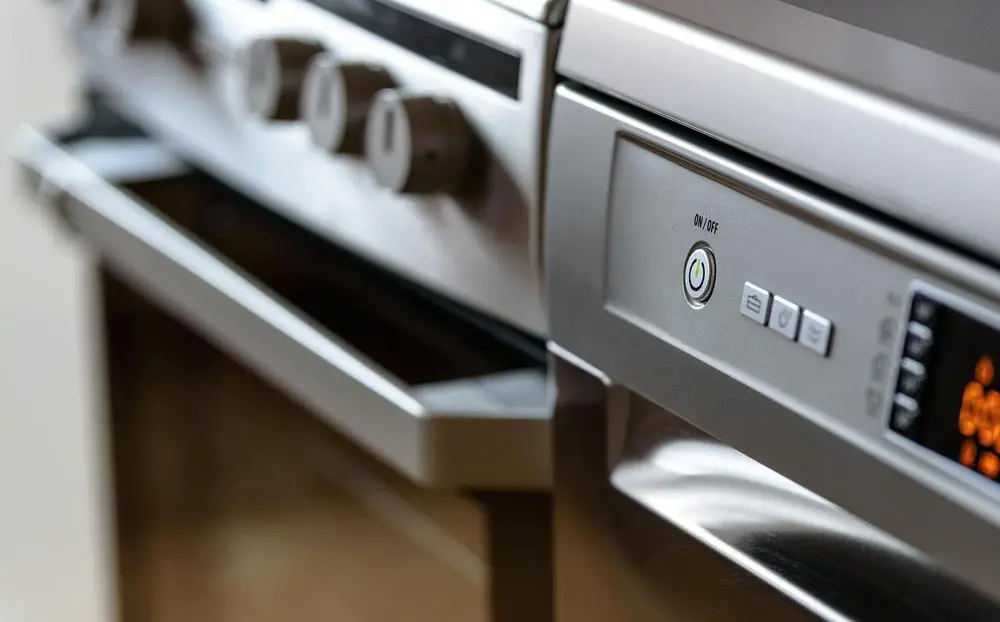
The placement of your appliances can also impact the average room temperature. If you have a refrigerator in the space, it will release heat as it runs. Similarly, if you have an oven or stove in your room, it will give off heat and warm air when it's turned on, again increasing the average temperature.
You can minimize the impact of these appliances by placing them in a location where they won't impact the temperature of your room as much. For example, you may want to place your refrigerator in a corner or away from the door to your room. Similarly, you may want to place your oven or stove in a well-ventilated area so that the heat can dissipate.
My Final Thoughts
Having an ideal room temperature is something elemental for homeowners. However, maintaining an average room temperature can be a challenge, but as I have shown, there are a few things you can do to help.
It is important to note that whichever method you use, it will most certainly vary depending on the season and your preferences for your own personal preferred room temperature.
It is best to use curtains or blinds, seal draughts, space heaters, and rugs and carpets to maintain a comfortable temperature in your room.



 Author: Matthew Chiappini
Author: Matthew Chiappini